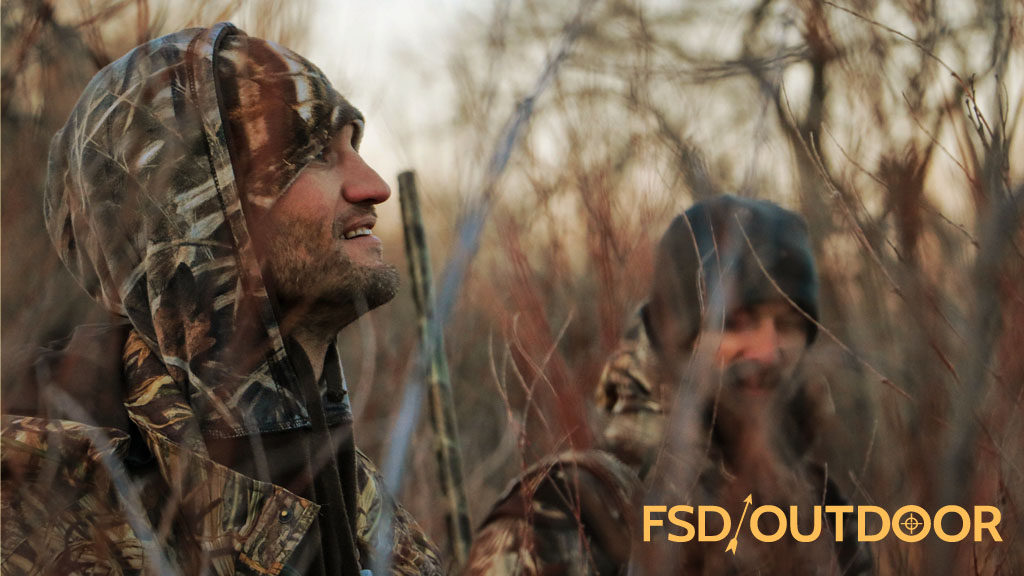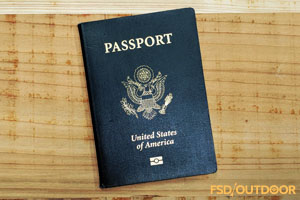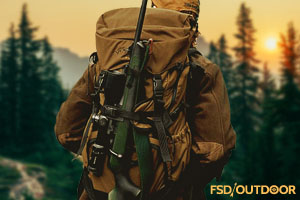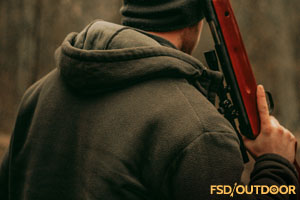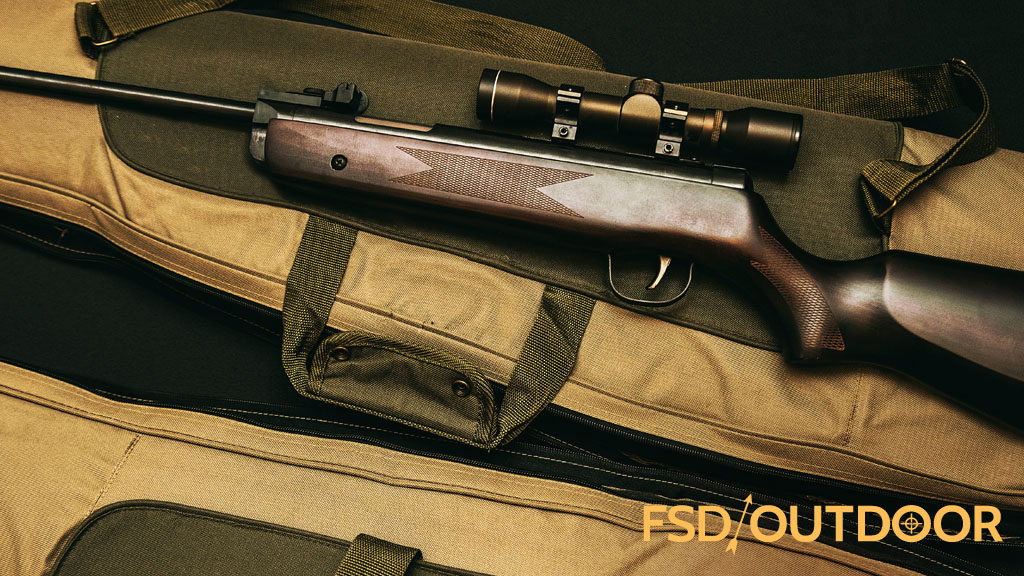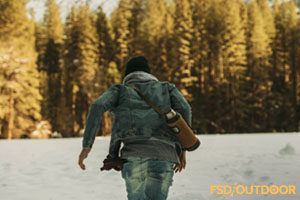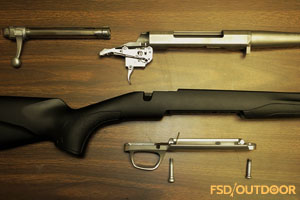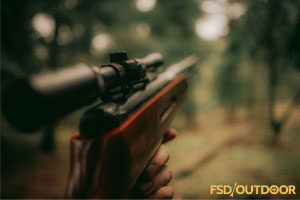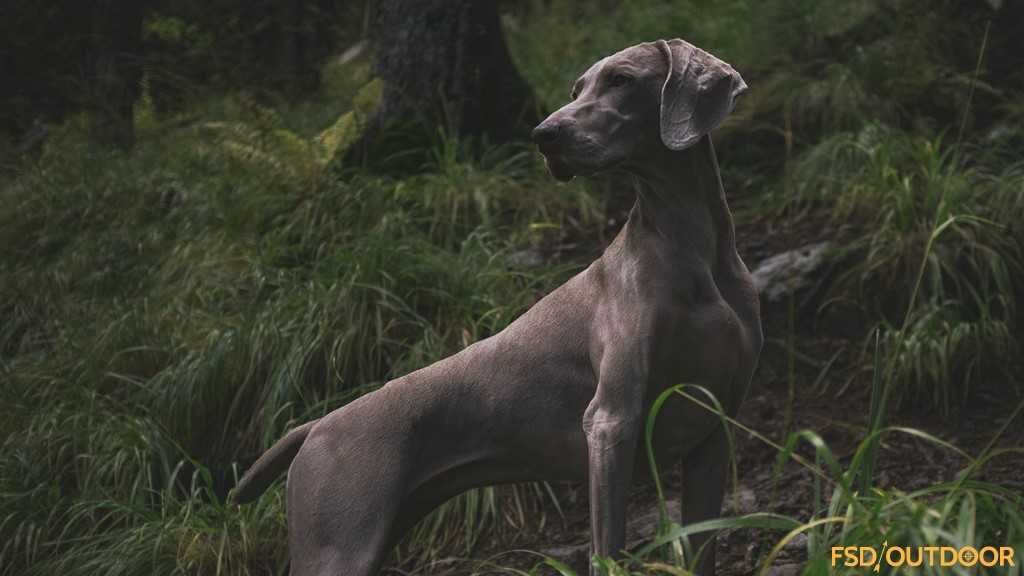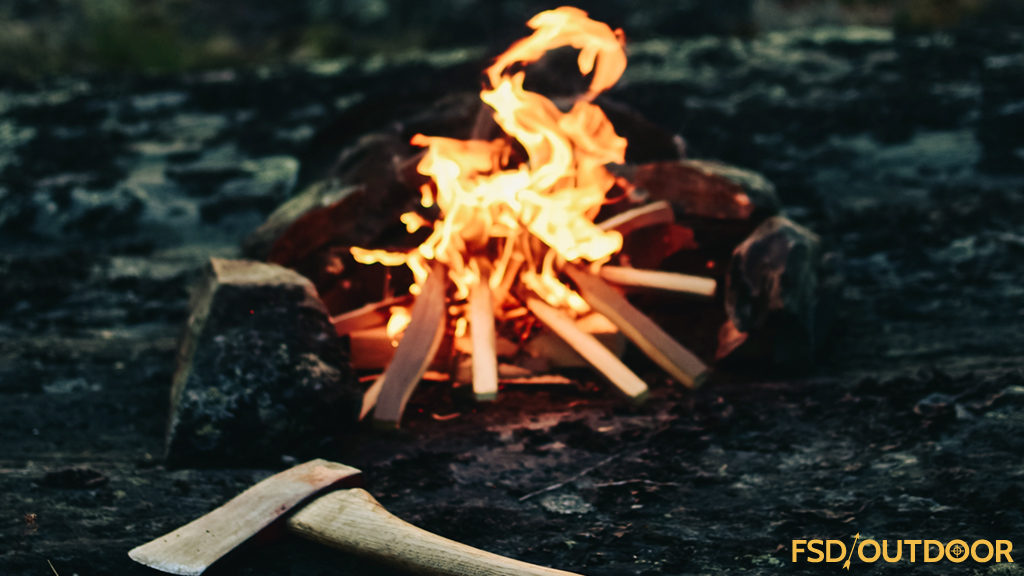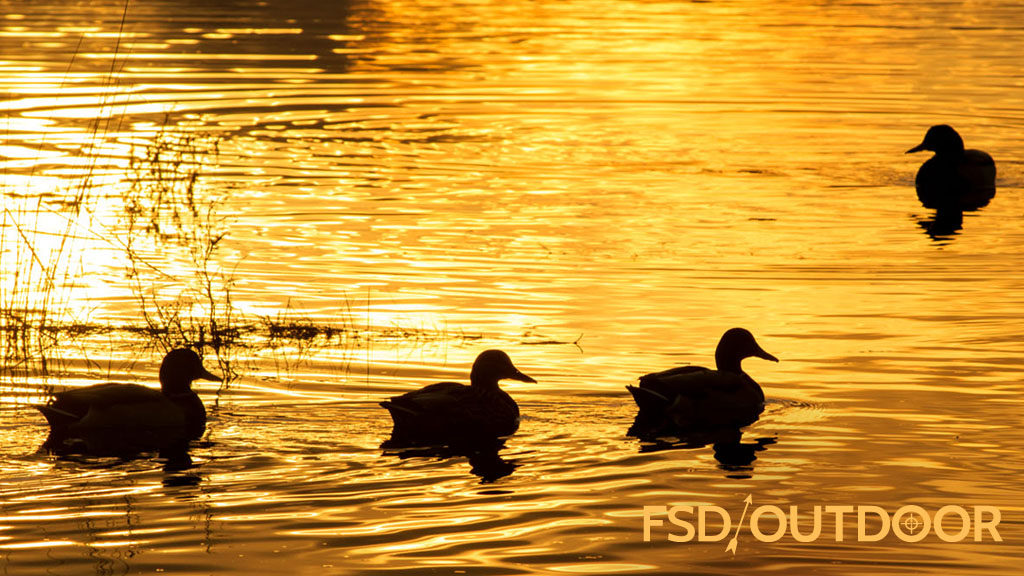
There are a lot of tips out there for any eager waterfowler. While some are repeated forever, on every blog in the world, there are other tips that are truly good ideas that can give you a big advantage the next time you’re on the hunt.
Here are 8 duck hunting tips that should truly give you a better chance of success every time you go out hunting!
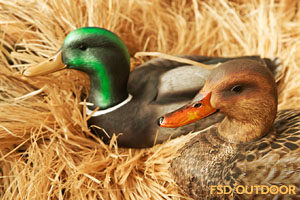
Matchmaker
Might sound very obvious, but there are so many waterfowlers fouling this idea up. Match your decoy to the duck you’re hunting. Too often a hunter will use a mallard decoy when they’re hunting wood ducks and wonder why it’s not working.
Be Natural
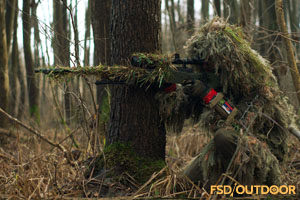
The best camouflage is waiting for you in nature. Use cord to add another layer of camo to your gear, the vegetation around where you’re hunting is, without a doubt, the best concealment you’re going to get.
Ducks are creatures of habit, instinct dictates their movements. Make them feel right at home!
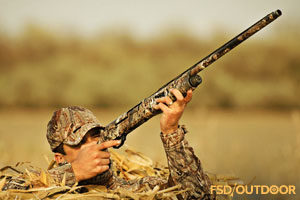
Gun, Too
It’s funny to spend a lot of time, money, and effort making yourself into the master of camo without camouflaging your gun, too.
When it’s the only thing not in camo, a gun will stand out as a big “Keep Out” sign to your would be prize.
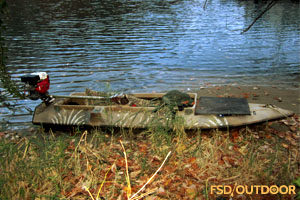
Get Out of the Boat
If you’re bringing your boat along with you, try to hunt away from it. No matter how good your boat cover is, it’s not as good as your cover away from the water. While it may seem time consuming, it’s usually worth it.
Ice Breaker
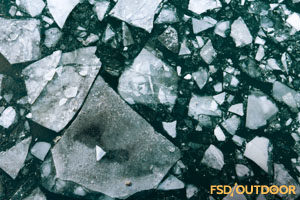
When it gets colder, you’ll want to be vigilant
about removing the ice around lakes and ponds when you can.
Breaking up the ice and clearing it away will give your prey a prime landing spot when they come around.
Try to break it up into big chunks when possible as they are easier to move. If the ice is thin and you break it up into smaller chunks, use a net to remove as much as you can.
Wind is… North? South?

You’ll hear a lot of tips about watching the wind when you’re hunting. But really knowing which way the wind is blowing is kinda hard.
How many times have you taken up a handful of dried grass, tossed it in the air, and watched it fall right back down… But you can feel the wind.
A simple way to get a real feel for the wind is to have a small bottle of baby powder you can squeeze out. The powder is so light that even the smallest amount of wind will be obvious and it will show you exactly where it’s blowing.
Speaking of Wind
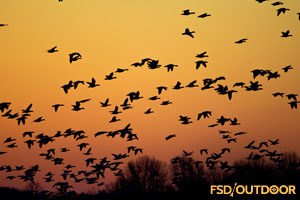
Most waterfowlers agree that having the wind to their back is best when setting up their shots.
But in truth, this only gives you one good shot at any ducks. After you fire once, the ducks will be retreating away from you so your follow up shots are only worse.
Instead, have the wind be to your side. This way when the ducks react to your first shot, after they cross you, they’ll likely turn around and have to cross you again, giving you a better chance on your second and third shots.
Create your Own Runway
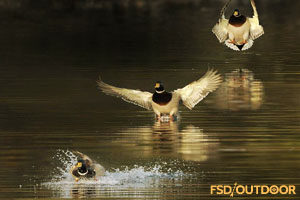
For some, clearing the ice around a pond or lake is too much work, especially if it gets really cold.
Instead of doing that, you can create a faux-landing spot for ducks.
With a simple clear plastic tarp you can make a decoy water spot on dried land.
Try to find a small divot in a field. Remove any branches, grass tufts, or anything else that might poke up. Lay the clear plastic tarp on the ground and sprinkle with a little bit of water. From the air this will look like a clear landing pond and you’ll be able to create your own action.
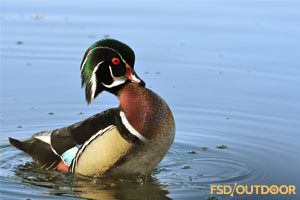
Don’t try to use any decoys on your fake pond though, the lack of movement is too obvious to most cunning ducks.
Ducks are clever, amazing animals. Luckily, we can use their intelligence against them and give us really good chances to bag more ducks than the next waterfowler. Hopefully these tips will lead you to more fun and successful hunts.
